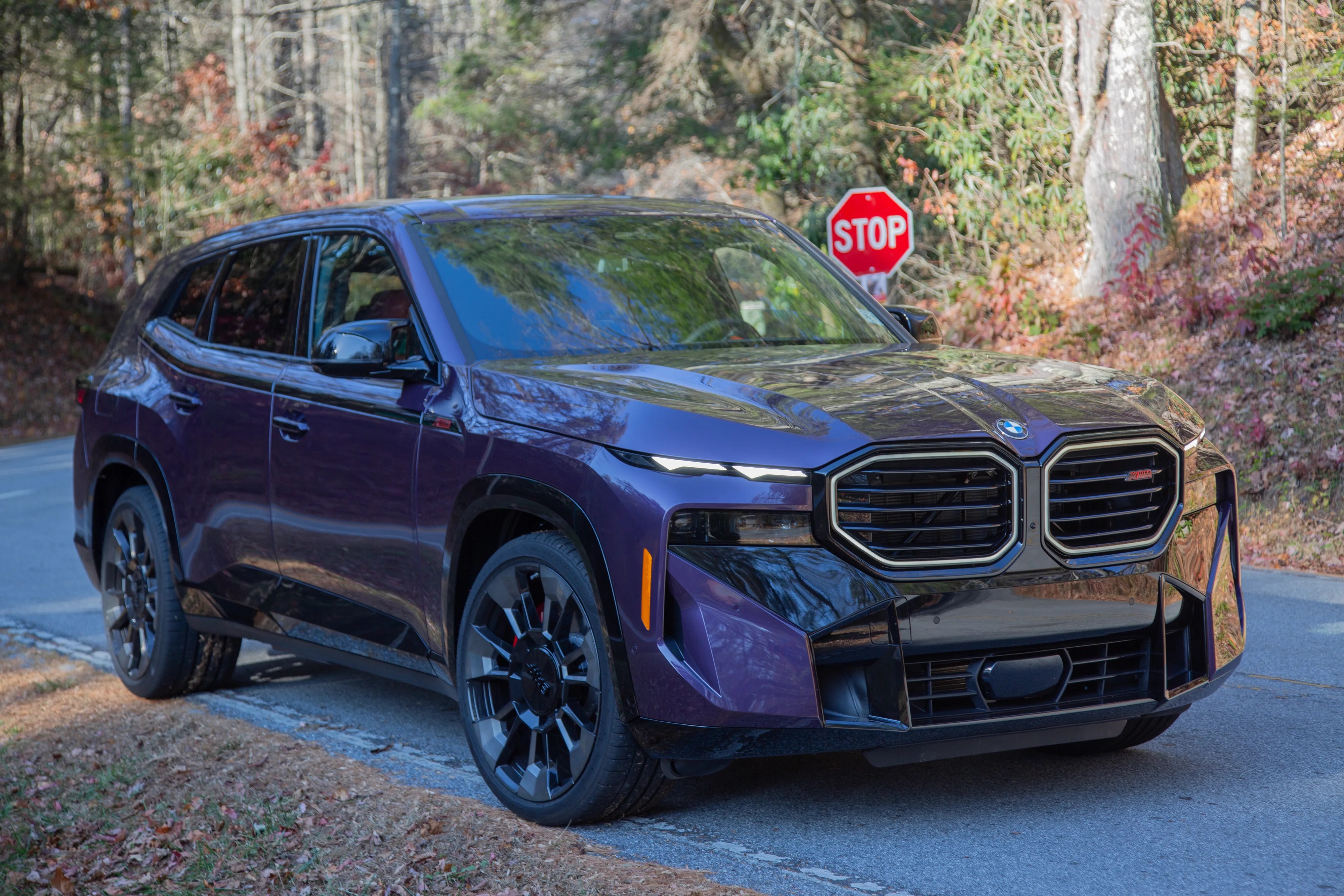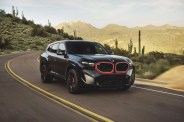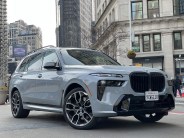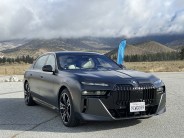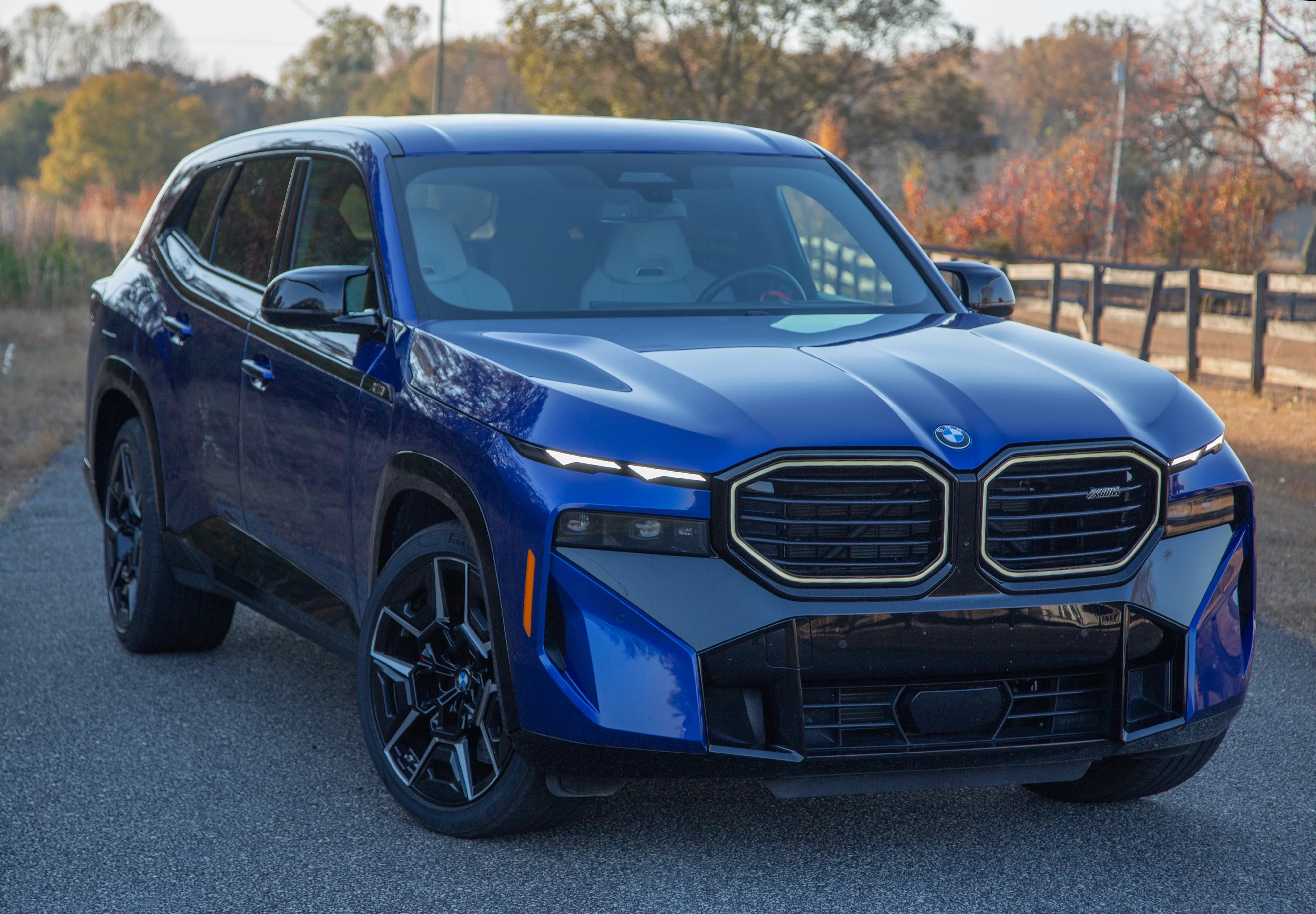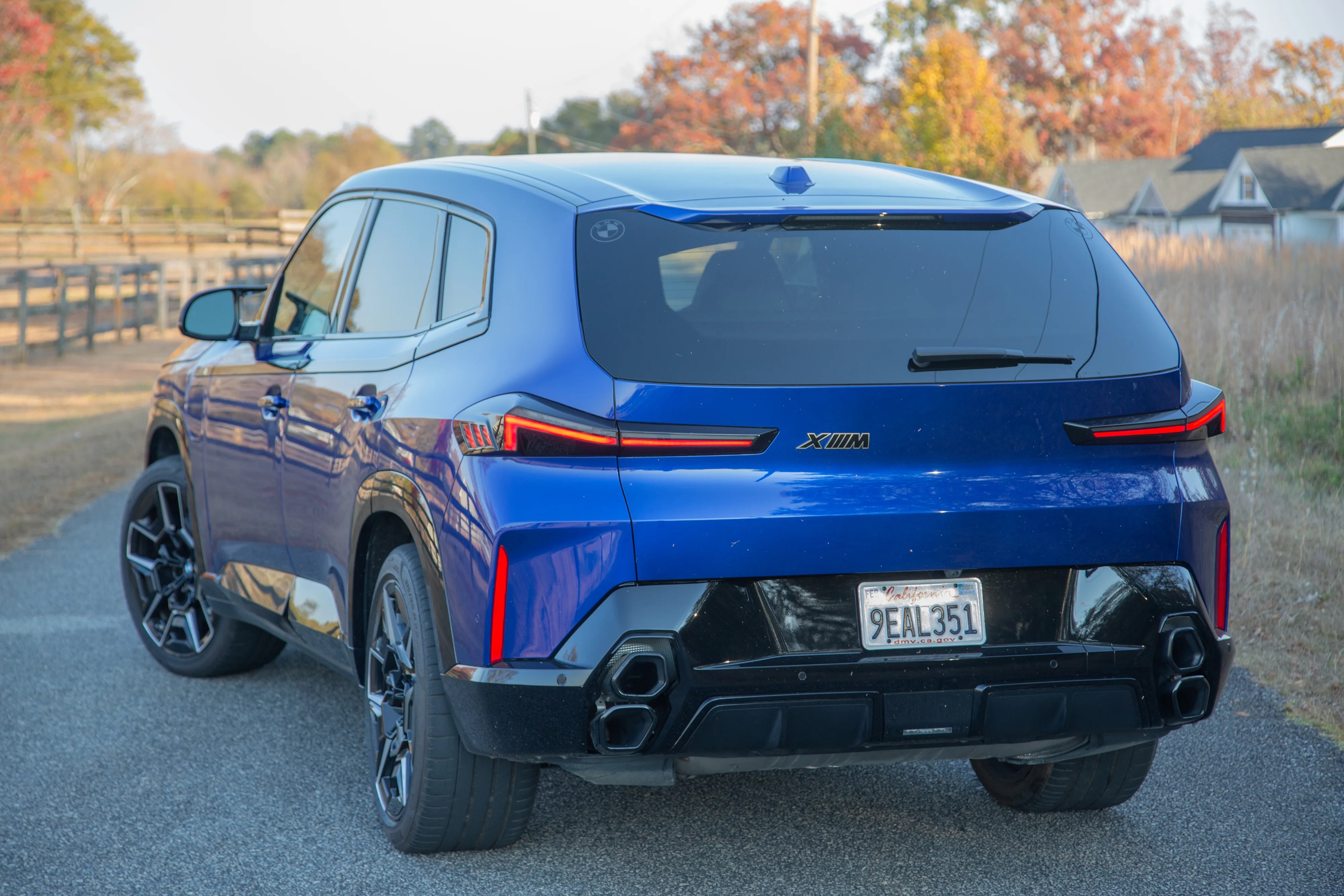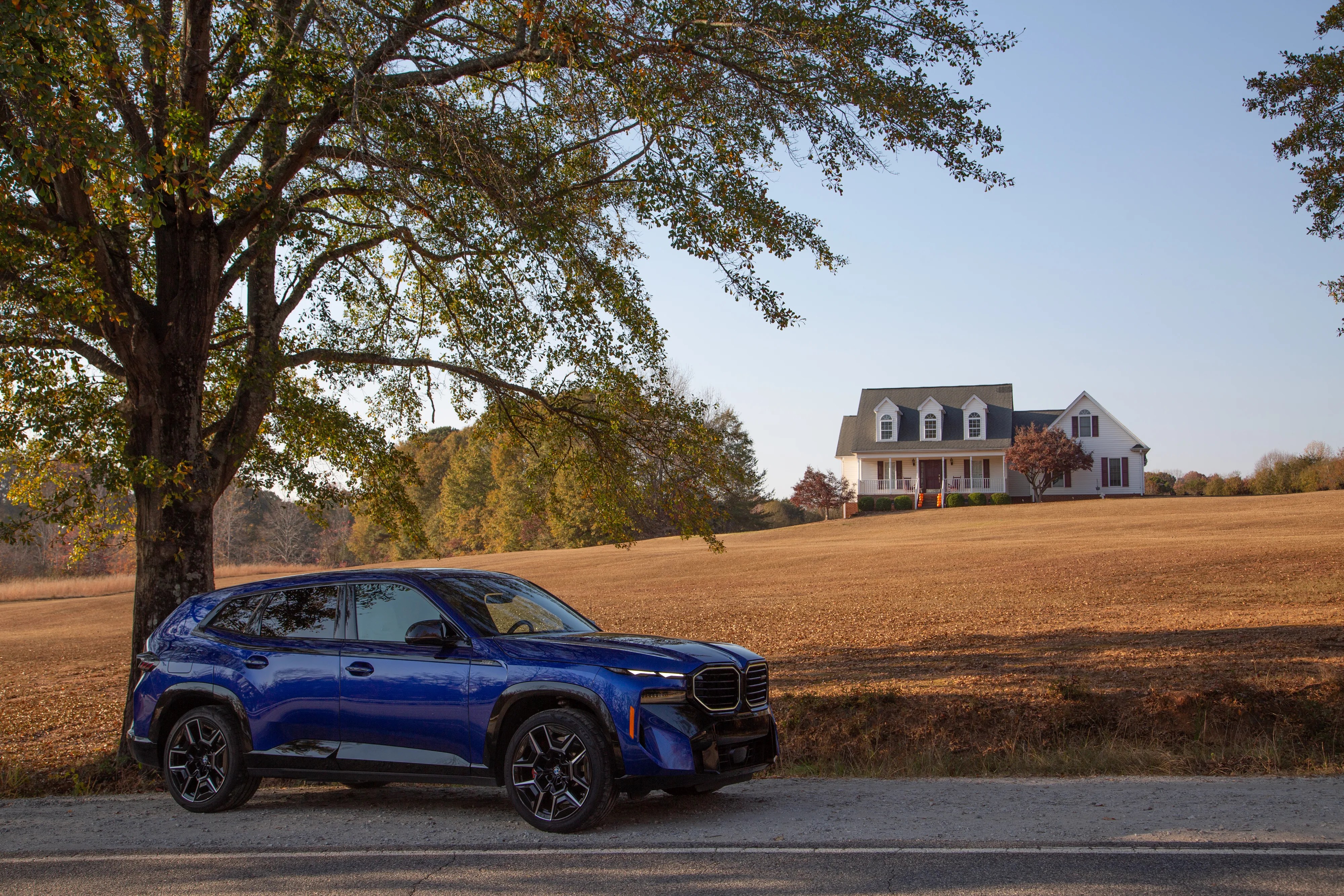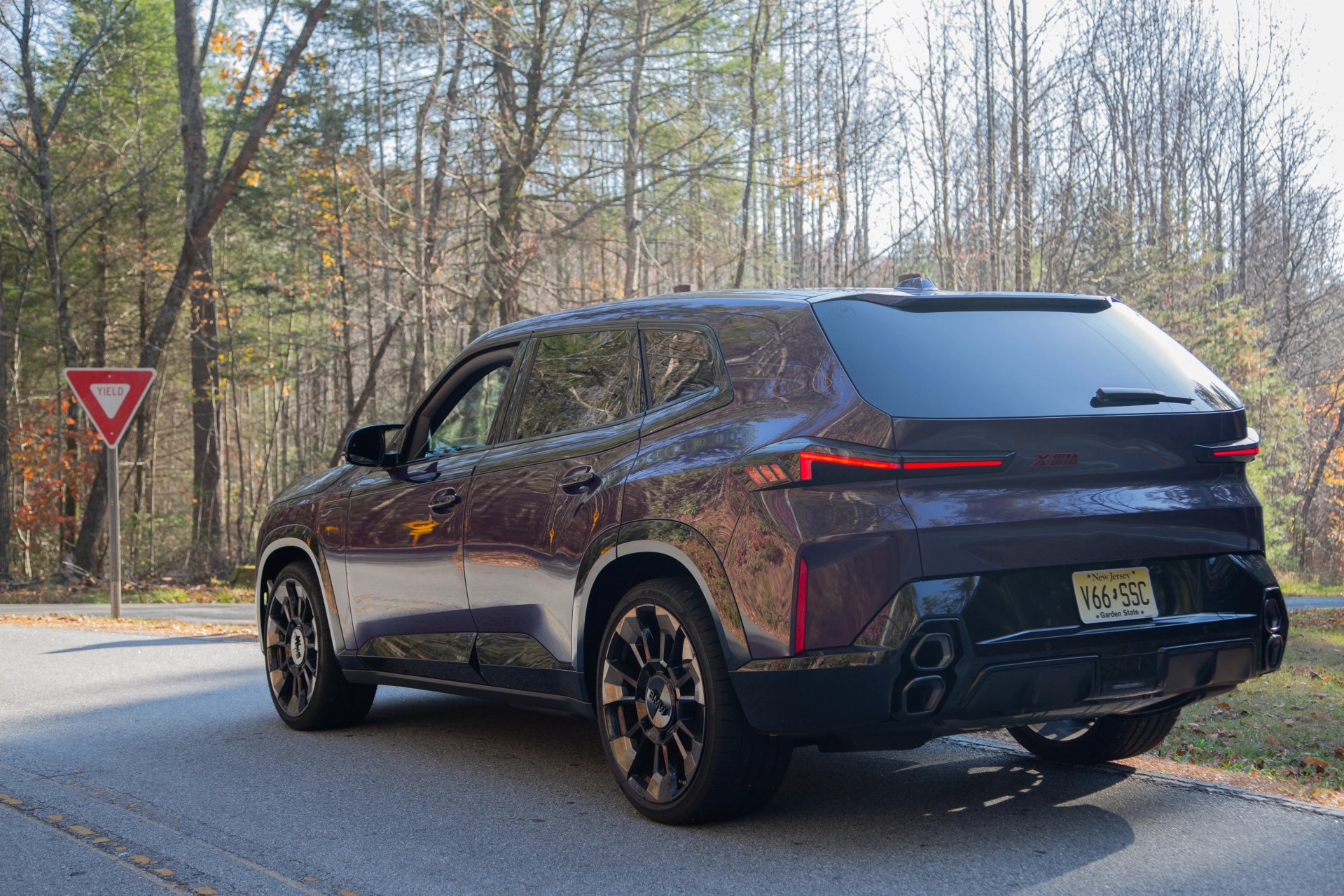Why, BMW? Why does the XM exist?
Can you give me a good explanation as to why, when the time came for your fabled BMW M division to build its first standalone vehicle since the M1 sports car that sparked love and passion for your brand back in the 1970s, you chose not to have them create a new sports car like a bleeding-edge high-performance successor to the i8, or even a bespoke sport sedan to commemorate the M5 that brought you widespread appeal …
… but instead, made M create its own SUV?
Was it just a fear that no one was buying sports cars anymore, that you wouldn’t turn a profit? Did you not notice that Porsche and Ferrari are all making bank on limited-run, high-performance supercars? Did you not remember the panoply of concept sports cars you’ve rolled out over the last couple decades — the M1 Hommage and the Vision M Next come to mind — that you could easily sell for a quarter-million bucks a pop until the cows come home?
And if M’s first standalone model in decades needed to be an SUV, who thought the best way to execute that would be to take the chassis of the X7 — the largest passenger vehicle you’ve ever sold — and reappropriate it into a performance model? Why not use the X3 or X4, with which the M division is already familiar with and which, in M-tuned form, is basically a high-waisted M3 wearing a rucking bag? Did no one think that maybe the idea of a crossover version of the M3 CS with unique styling might be a better idea than what we wound up with?
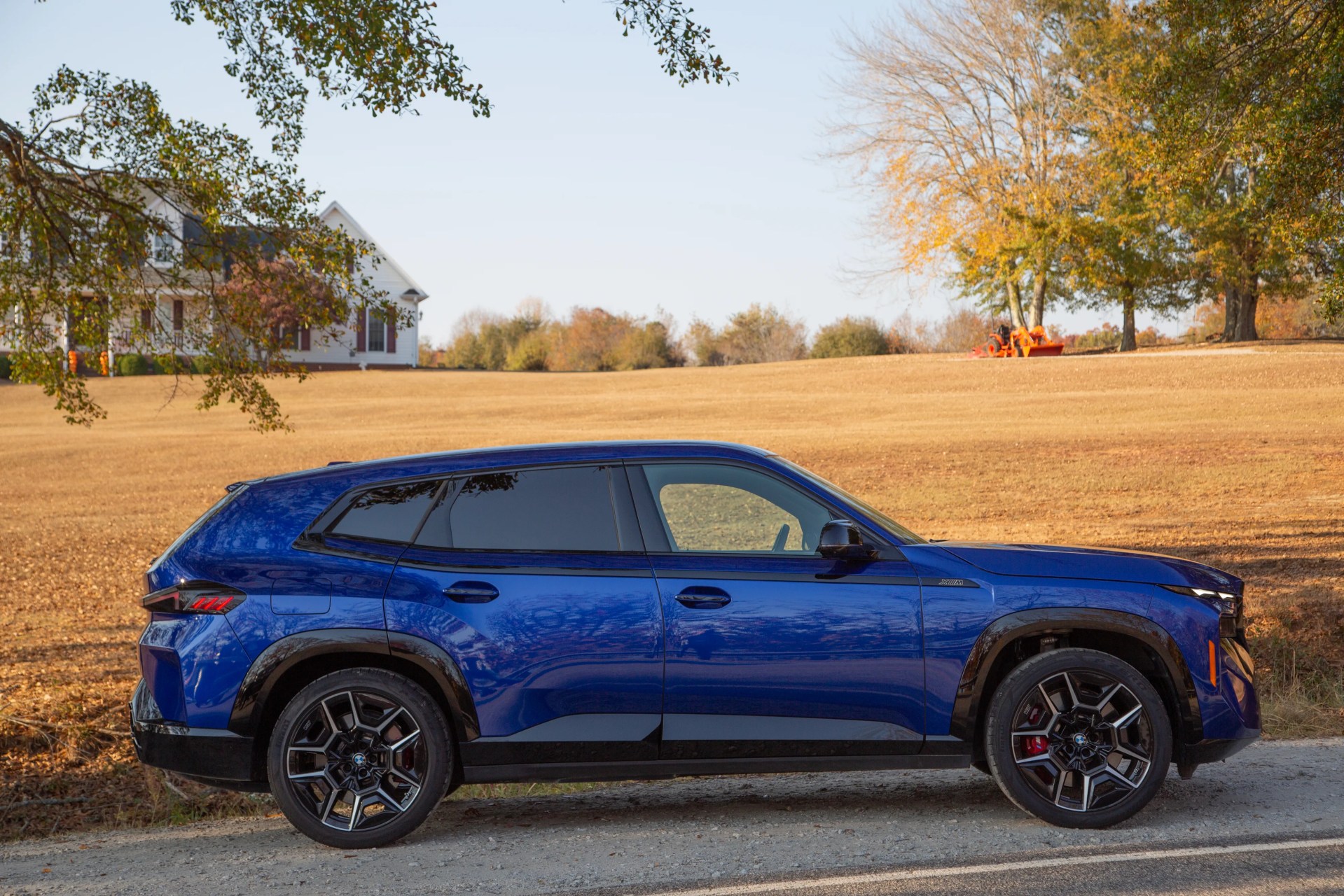
Did you not realize that any M car worth its name should have that letter first and foremost in its name, like the M3 and M5? Did you choose to invert the pattern as a subtle indicator that the M division’s desires took second fiddle to the need to crank out yet another crossover, or did you think “BMW MX” would make people think of high-flying cyclists instead of high-performance SUVs? Is the lack of a BMW badge on the back a quiet admission of guilt, a silent hope that perhaps other drivers will suspect it’s a Lamborghini when it dives in front of them without using its blinker?
If it had to be an SUV, why did it have to be so odd to drive?
Did you think it would be enough that the XM makes 644 horsepower and 590 lb-ft of torque from its mashup of gasoline and electric motors? And if so, why did you then turn around and immediately roll out a more expensive version called the XM Label that makes 738 hp and 738 lb-ft, thus weighing down the base model with what Jalopnik once described as the “Turbo Shitty” problem?
Come to think of it, why did you confuse all of us by naming the top version the “XM Label Red” when you announced it, then dropping the color by early November and calling it simply “XM Label?” Did anyone tell the P.R. department, which as of when I drove it in late November was still calling it “XM Label Red” in some materials?
Regardless, did anyone tell you that 94 more horses and 148 more lb-ft doesn’t make much of a difference when you’re adding it to a crossover that looks like a brick designed specifically for CrossFit exercises and weighs 6,091 pounds? (And certainly not enough of a difference to justify the extra $26,000?) Who was it who took the first flat-out acceleration run in the XM, felt their head snap back with the aircraft carrier catapult force of its brutality, and thought, “Nah, not quick enough”?
Speaking of quick, is anyone at BMW concerned that the XM runs neck and neck performance-wise with the brilliant X5 M, which also offers the same number of seats but costs $36,700 less?
If you stare long enough, does the XM start to look good, or do you just get used to it?
3 photos
And given the immense amount of powertrain expertise and engineering brilliance found inside your halls, how did it come to be that the powertrain feels so disjointed? Why does the eight-speed automatic lurch so hard so often, unlike in every other use of this gearbox in your cars? Other plug-in hybrids you make like as the X5 xDrive50e always feel natural — was the fact that the gas engine and electric motor never feel on the same page unless you have the car dialed up to its sportiest drive modes an active decision to encourage people to use the XM to its full potential as much as possible?
In that case, if the XM is meant to be a celebration of performance, why does it always default to Electric mode on start-up and force you to either shift drive settings or jam on the accelerator real hard to extract its true power? Not that the electric motor’s 194 horses and 207 lb-ft are ineffective at moving this beast around at everyday speeds, and not that its ability to travel nearly 30 miles on that isn’t handy, but silent, gentle running isn’t really what you think of when you think “BMW M,” is it?
Speaking of the electric motor, did you plan on having its regenerative capabilities handle most of the deceleration? Is that why the brakes started smelling after just two minutes of hard driving up a steep hill on country roads?
Oh, and can you be sure that those kinks will be worked out before this powertrain supposedly makes its way into the next BMW M5?
If it’s meant to be a super-sporty SUV, why does the XM have an ultra-luxury interior?
If the intent with the XM was to build a vehicle that could show off the M division’s ability to build a high-performance ride, why swaddle the interior with supple, luxurious leather that seems worthy of a Maybach and plush seats that seem suited to a 7 Series? Was it meant to be some sort of recompense for those other M cars with seats that can render you infertile after hard braking? And if it’s meant to offer the driver a throne that’s good for long hauls, did nobody notice that using the dead pedal leaves the thigh bolster jammed into the meat of your left leg?
